About Cabo de Rama Fort
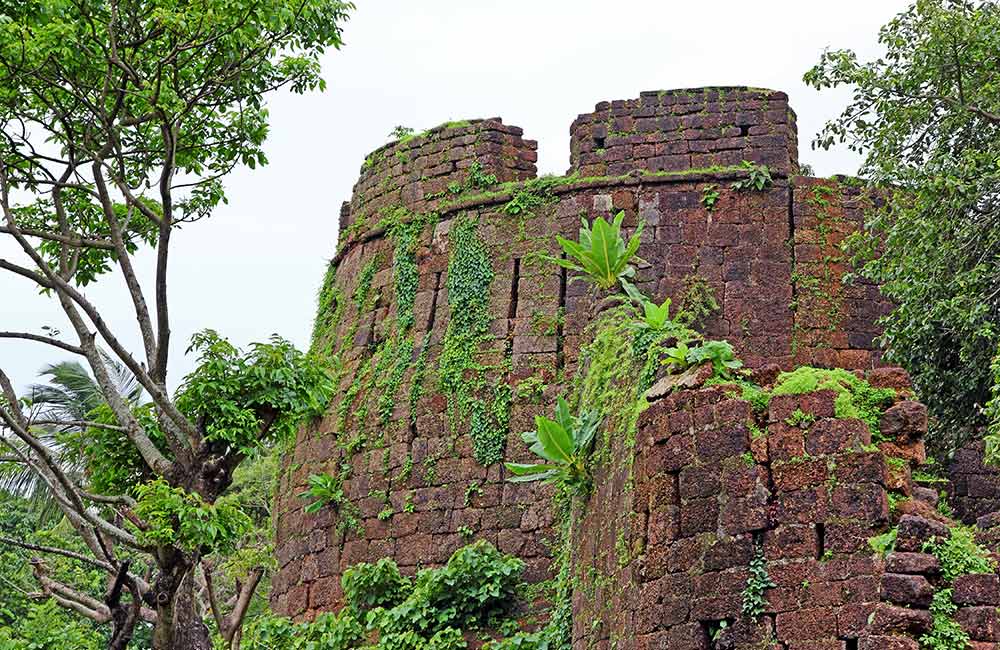
Drive far to the Southern Goa, through the muddy off-track road to arrive at the edge of the Sea and get ready to witness the glory of past – Cabo de Rama fort. The fort is perched between the two famous beaches in South Goa – Cavelossim, and Agonda.
The Hindu rulers and the Portuguese rulers both had hands behind development of this fort. So, this gives you a chance to explore the architecture wonders of various cultures. One path of the fort will take you to the top of it and other to its on-premise church.
There is shining white church built by the Portuguese rulers here and you can take part in a feast hosted annually. Thus, on reaching this heritage site, you will definitely receive an abundance of insight on all that the fort witnessed in the past.
Also, the magnificent fort overlooks the gorgeous Arabian Sea; thus, offers a striking contrast to the ruins of this ancient site. In fact, this fort is popular for presenting the visitors with the best mesmerizing sunset views. No doubt, on touring the ancient monument, you’ll return as a vibrant person enriched with the history the fort depicts and gifted by the beauty all around it. So, get ready to enjoy a unique experience here, one that you will never forget.
History of Cabo de Rama:
The fort gets its name from Lord Rama, the Hindu King from Ayodhya. According to mythology, the King and his wife Sita stayed here while they were in their 14 year exile from Ayodhya – story of the Hindu epic Ramayana. So the fort is thousands of years old, making this one of the oldest forts in western India.
This story comes from the local Soonda rulers, who arrived from the neighboring Karnataka, just across Goa’s border. The Soonda were the original builders of this fort, and used to rule over their kingdom from here.
There were a few battles between the local Hindu and Muslim Kings, but the fort finally fell to the Portuguese in 1763. The Portuguese were attracted because the fort offered great views of the cape region from the top of the hill. It offered a clear view of the coastline and further into the Arabian Sea, so they could see advancing enemies from both the land and sea. It was called ‘Rama Killa’ after Lord Rama during the days of Hindu rule. The Portuguese changed the name to Cabo de Rama. The word ‘cabo’ in Portuguese means ‘cape’.
But the Portuguese rulers lost interest in the fort after its importance diminished, and abandoned it. The fort was later turned into a prison, but was abandoned again.
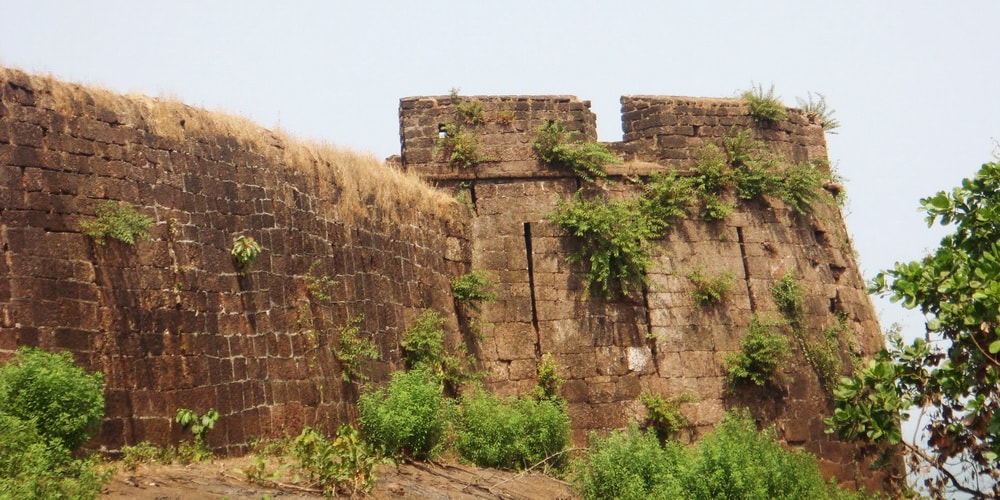
Architecture of Cabo de Rama:
Presently the Cabo de Rama Fort is in ruins, but the bridge found at the entrance, which is an engineering wonder, stood the test of time. One can still see several eye-catching displays depicting the glory of the past here. Visitors can notice the iron bastions along with large cannons placed at that time to stop driving sea enemies.
In fact, the year of manufacture is also engraved on these cannons. You will see a watchtower toward the right, which acted as a guard for the coastline back then. You will also find two ponds within the fort; one of which contains warm water and the other, cold water.
The marvelous ancient ponds here are a representation of a Hindu architecture of the Soonda Kings era. The Soonda rulers probably used it for bathing and special ceremonies. Further, you get to see ruins of some buildings that are considered to be army quarters.
Also, the blackened fortitude and white structure of the church are at striking contrast to each other that attract many eyes. The Portuguese also built command posts, military barracks, 21 canons, and quarters for office purposes.



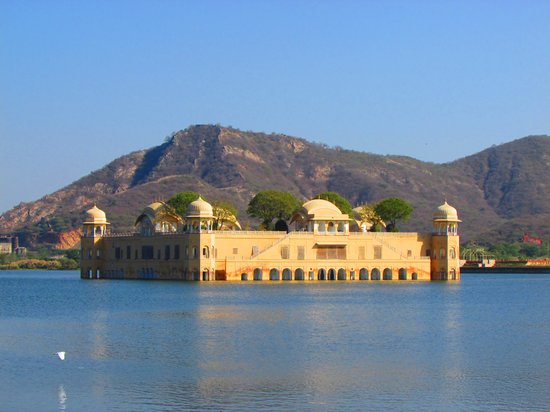
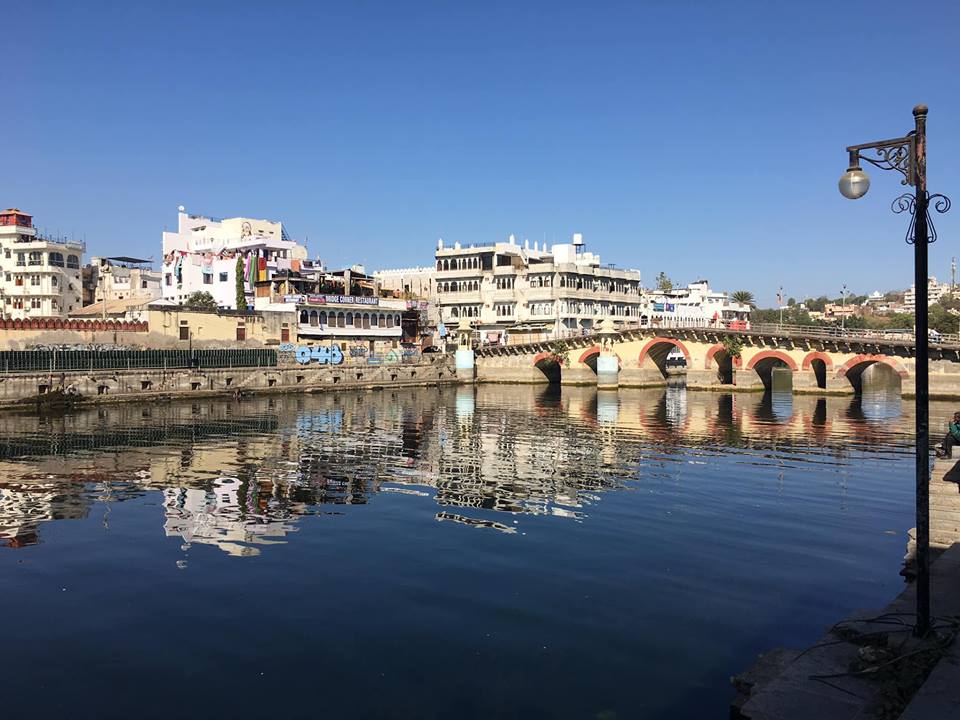
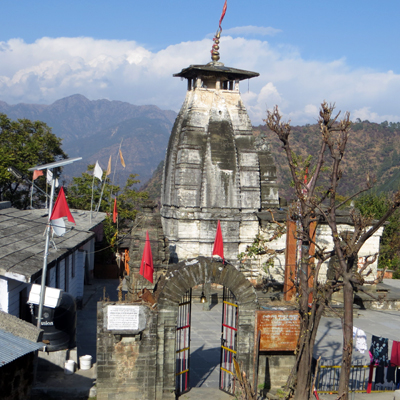

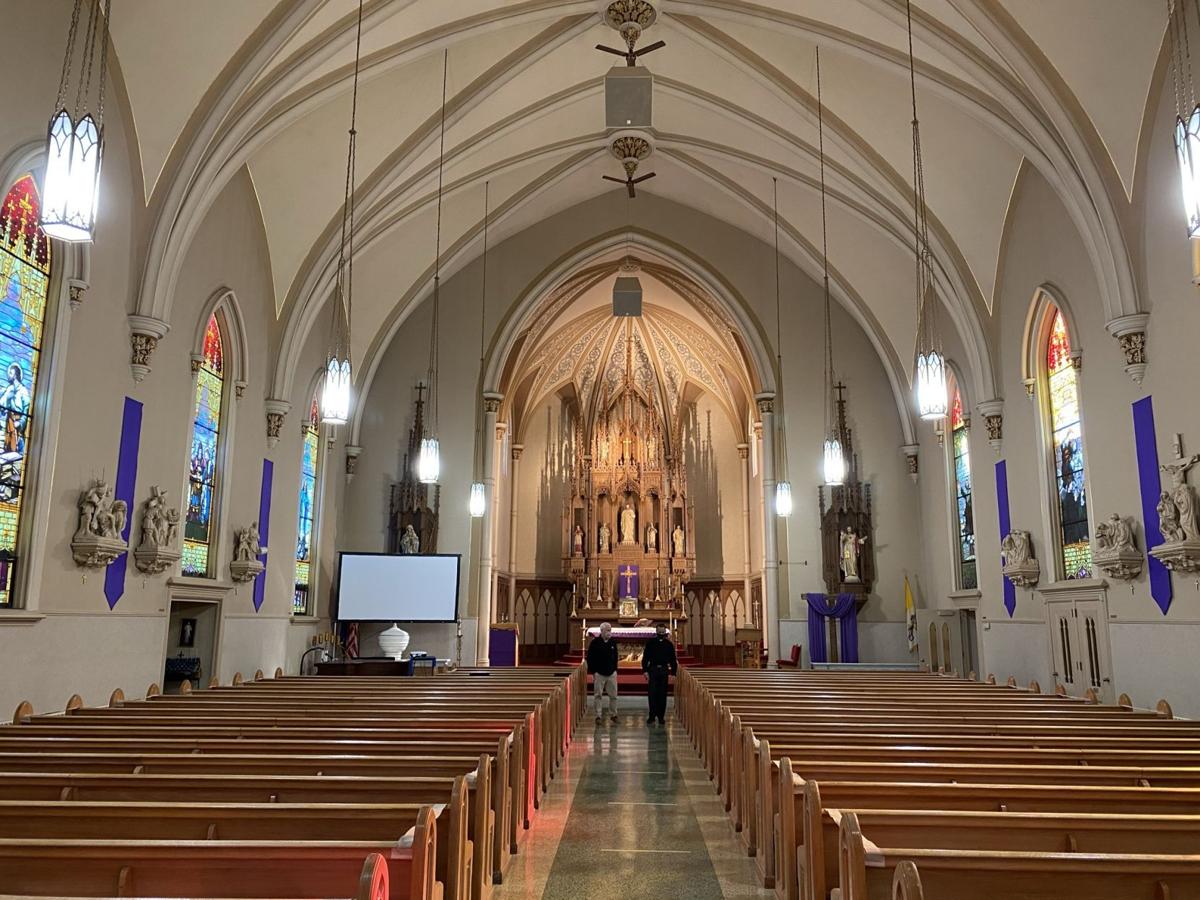

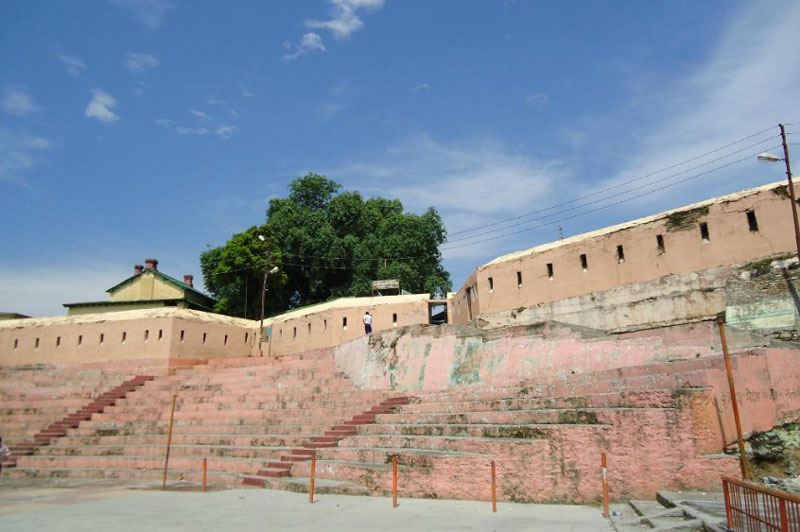


5 Comments
Comments are closed.